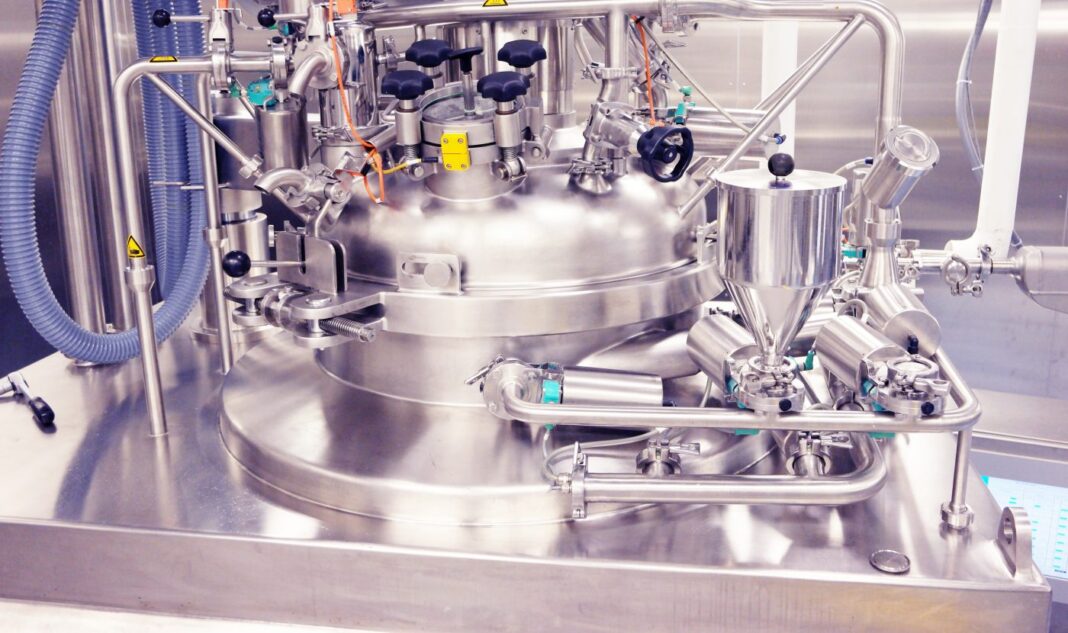In bioprocessing, speed will always be a key factor. To explore that topic more deeply, GEN asked several experts how much faster can bioprocessing get and what is the key to arriving there? The answers mention cell lines and COVID, digitization and downstream validation and more.
Wolfgang Sommeregger, PhD, R&D supervisor, technologies, Bilfinger Industrietechnik:
“Speed is an ever-important topic in the bioprocess industry. In the past, a lot of effort has been put in optimizing certain steps throughout the process chain. This includes platform technologies for cell-line development, high-density cell banking, online buffer blending, the progression from batch to continuous mode in different operations and so forth. In my opinion, process intensification and parallelization will still progress in the next years. Additionally, a lot of time will be saved by making processes smarter. Digitalization and data science are key to draw the right conclusions at the right time.”
Dana Cipriano, vice president of testing and analytical services, Discovery Labs, Center for Breakthrough Medicines:
“The key to increasing the efficiency of bioprocessing is developing robust platform processes with enhanced productivity and recovery that maintain safety and quality profiles. For cell and gene therapy products, it is extremely important to focus on early method development for characterization of efficacy and safety of the product. New technologies for enhanced analytics provide repeatable quality results, increasing the speed of process development. Process platforms should include fully-integrated automation solutions for continuous monitoring and characterization, increasing the right-first-time percentage. This must be further supported by robust supply-chain solutions with integrated testing to facilitate both raw materials and product release.”
Tracey Mullen, CEO, Abveris:
“The COVID pandemic and corresponding call to action in the biologics industry highlight the massive discovery timeline improvements recent technological advancements have facilitated. That being said, there is certainly an opportunity to improve. A focus on high-content screening with a larger panel of candidates enables faster and more informed decision making to increase the likelihood of early success. By combining state-of-the-art single-cell capture and screening platforms with high-throughput downstream validation and manufacturability screening, we can further compress the discovery timeline to clinical advancement.”






